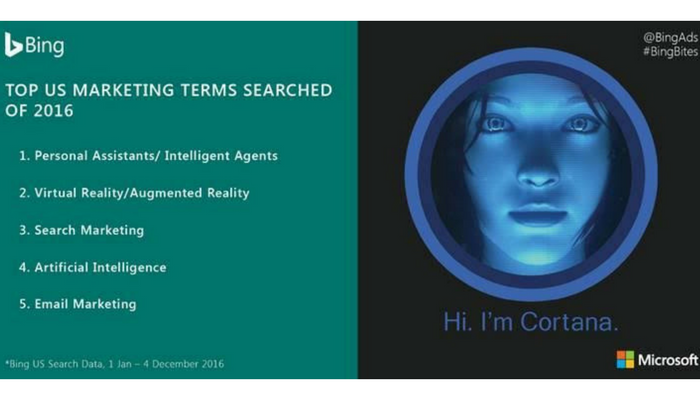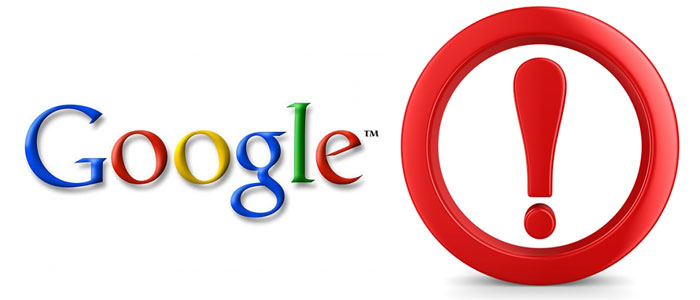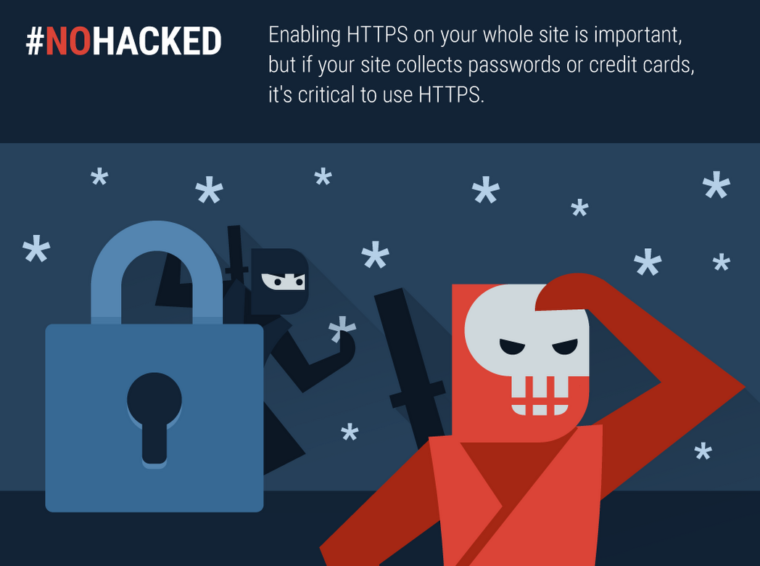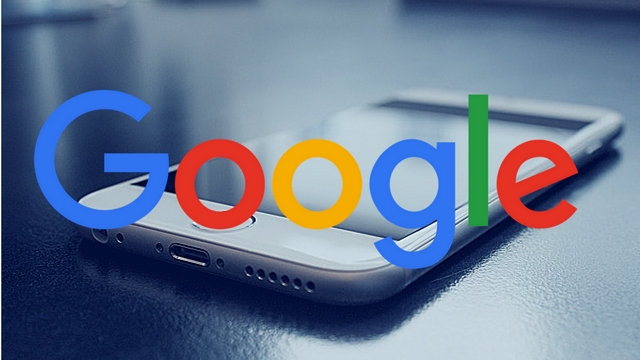
Google has officially begun rolling out the intrusive mobile interstitial penalty yesterday after months of warnings the penalty would be launched on January 10, 2017.
The roll-out was confirmed by both John Mueller and Gary Illyes yesterday.
it's rolling out. yay!
— 🍌 John 🍌 (@JohnMu) January 11, 2017
it's rolling out, yes
— Gary "鯨理" Illyes (@methode) January 10, 2017
The penalty is specifically designed to target intrusive interstitials that pop-up immediately after landing on a page from a Google mobile search result. However, it does not affect pages with delayed interstitials triggered by a click or action on the website.
Google specifies this means “pages where content is not easily accessible to a user on the transition from the mobile search results may not rank as highly.”
Google also detailed three specific types of interstitials it deems as problematic:
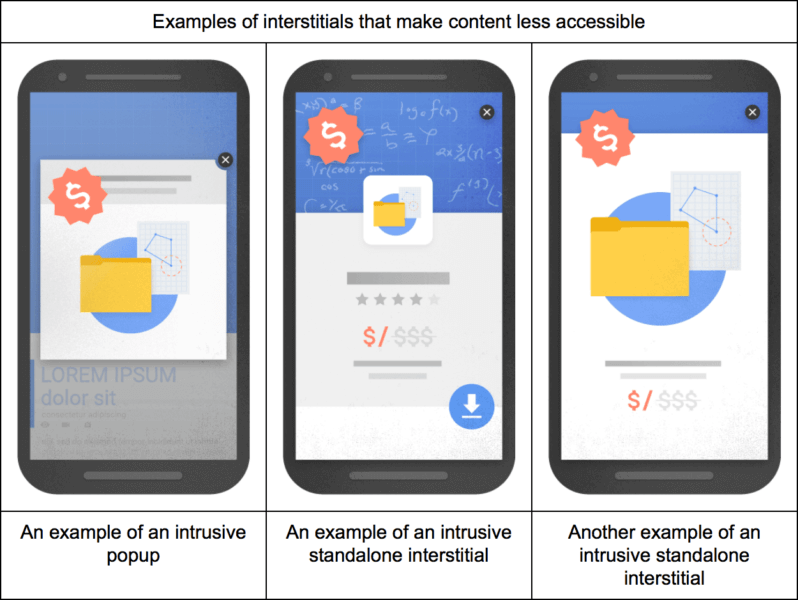
- showing a popup that covers the main content, either immediately after the user navigates to a page from the search results or while they are looking through the page.
- displaying a standalone interstitial that the user has to dismiss before accessing the main content.
- using a layout where the above-the-fold portion of the page appears similar to a standalone interstitial, but the original content has been inlined underneath the fold.
The company also detailed three types of interstitials that would not be affected by the penalty, so long as they are “used responsibly”:
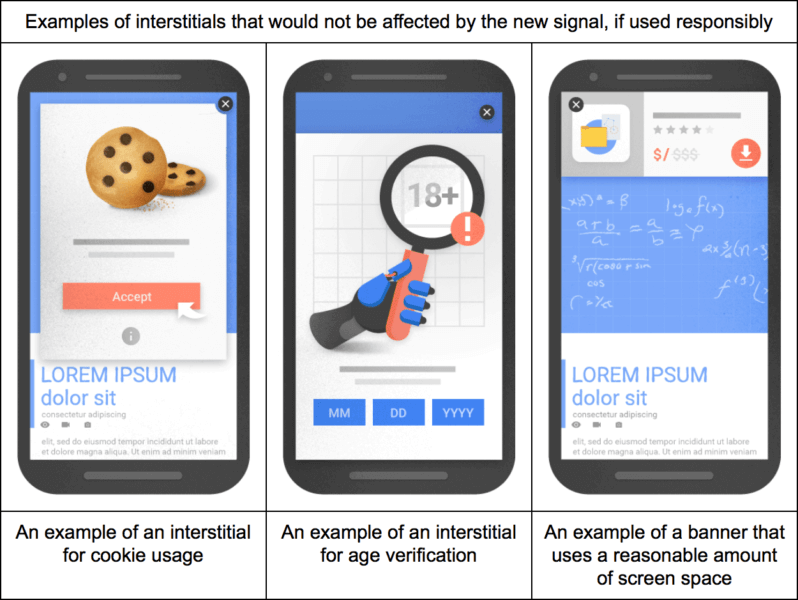
- Interstitials that appear to be in response to a legal obligation, such as for cookie usage or for age verification.
- Login dialogs on sites where content is not publicly indexable. For example, this would include private content such as email or unindexable content that is behind a paywall.
- Banners that use a reasonable amount of screen space and are easily dismissible. The app install banners provided by Safari and Chrome are examples of banners that use a reasonable amount of screen space.


